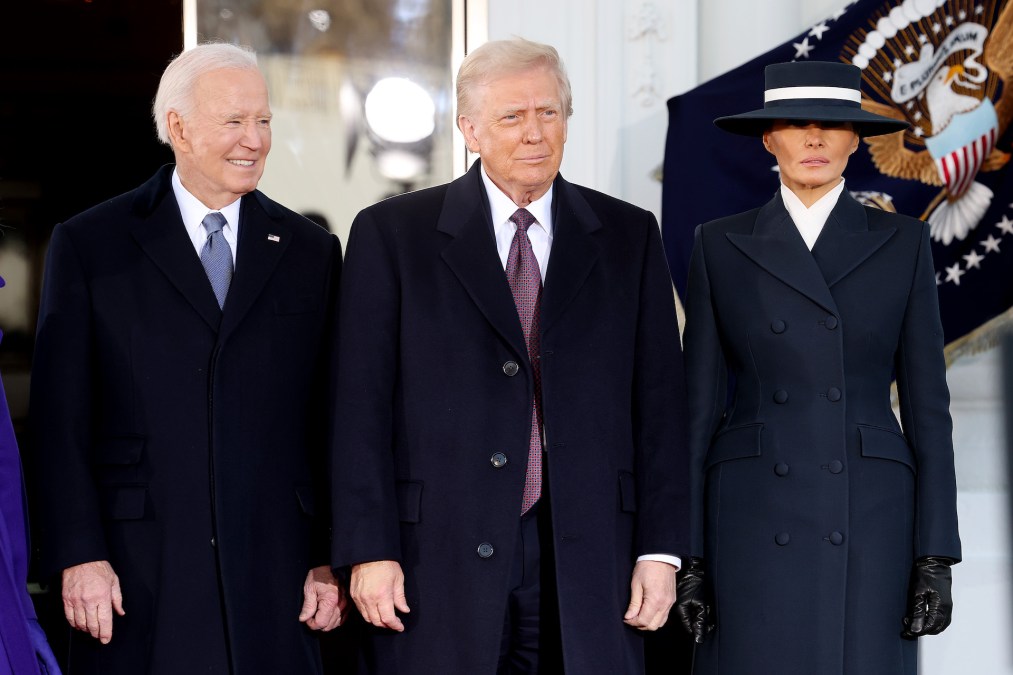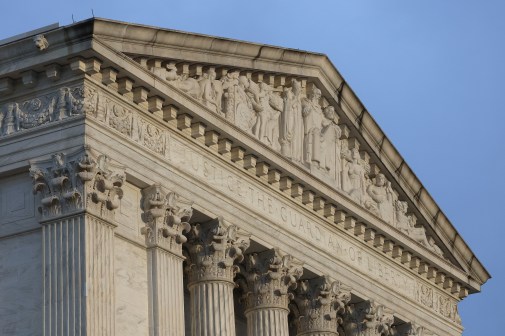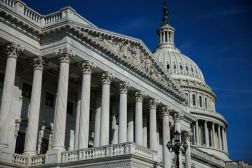Trump White House releases guidance for AI use, acquisition in government

The White House Office of Management and Budget released a pair of memos to provide agencies with guardrails for how they use and purchase artificial intelligence in the government, replacing Biden administration guidance but maintaining some of the same structures.
Both memos, which are dated April 3, represent some of the first major policy actions President Donald Trump has taken on the government’s use of AI. Trump began his administration by rolling back former President Joe Biden’s AI executive order and later issuing one of his own that called for an AI action plan and a review of the previous administration’s work on the technology. Specifically, the order included directions to revise the Biden OMB’s AI governance and acquisition guidance.
The first new memo (M-25-21) provides guardrails for use and replaces Biden’s directive on the same topic (M-24-10). That document states agencies are to focus on three priorities when accelerating the federal use of AI — innovation, governance and public trust — which align with an executive order on the technology from the first Trump administration.
But that directive also maintains things that were established under the Biden administration, like chief AI officers and their council and a special management process for potentially risky AI uses it now calls “high-impact.”
Similarly, the second memo on AI acquisition (M-25-22) replaces the Biden OMB’s guidance on government purchasing of the tech (M-24-18). That memo maintains its predecessors’ emphasis on the benefits of a competitive AI marketplace, tracking AI performance and managing risks, and cross-functional collaboration, but adds new language aimed at “maximizing” use of AI that’s made in the United States.
It also sets a 200-day deadline for the General Services Administration and OMB to create a web-based repository of AI procurement tools, which was suggested but not given a specific timeline in the Biden-era memo.
Quinn Anex-Ries, a senior policy analyst for the Center for Democracy and Technology, said that although it’s “encouraging” to see guidance that directs agencies to address the potential risks of AI systems, he worried that Trump’s Department of Government Efficiency group, which reportedly plans to use AI, may not follow the framework.
“On paper, this revised guidance maintains core AI governance requirements for federal agencies, including governance structures for managing AI systems within agencies and heightened risk management practices for high-risk systems,” Anex-Ries said in an emailed statement. “But in practice, it remains to be seen how faithfully this guidance will be implemented.”
An OMB spokeswoman didn’t immediately respond to a FedScoop request for comment on new memos or how the guidance would apply to the DOGE.
Under the new governance memo, AI uses that “could have significant impacts when deployed” will be deemed high-impact and will require minimum risk management practices, such as testing and impact assessments. That category and process is similar to what the Biden administration guidance outlined for what it called “rights-impacting” and “safety-impacting” uses.
Just as the Biden memo did, the new guidance calls for uses that don’t comply with the risk management requirements to be terminated. Agencies were already supposed to halt non-compliant uses under the previous memo in December, but the new directive gives agencies a year to document that those minimum practices are being followed and halt non-compliant use cases.
Also in line with the Biden memo, the Trump OMB memo includes the ability to apply for a waiver of the risk management requirements and a non-exhaustive list of uses that are presumed to be high-impact. While some of those are the same as the previous two Biden-era categories, others are no longer explicitly included.
For example, critical infrastructure uses, medical devices, and biometric identification are all still presumed to fall under the new high-impact umbrella, but use cases aimed at election integrity and replacing a person’s voice or likeness without consent weren’t mentioned in the new examples.
The AI new use memo references agencies’ responsibility to maintain annual and public inventories that document the uses of that technology at the agency.
That practice was initially started under the first Trump administration’s AI executive order, enshrined in statute, and continued and expanded under Biden. The document states that agencies are “encouraged to update the public versions of their inventories on an ongoing basis to reflect their current use of AI” and that detailed instructions on the scope of the inventory is forthcoming.
FedScoop asked the White House for a timeline on that guidance but didn’t receive a response.
The memos also follow the Trump administration’s recent announcement that identified sites on federal land to build data centers to support AI infrastructure, which similarly appeared to track with the Biden administration’s efforts. In a release Thursday, the Department of Energy said it had identified 16 locations across the U.S. for the centers and requested feedback from the public.
Just before he left office, Biden issued an executive order instructing DOE and other agencies to identify land it could lease to the private sector for data center operation and construction that supports AI. While Trump repealed Biden’s first AI order, he let the data center order stand and appeared to favor the policy in a press conference earlier this year.
This story has been updated with additional detail on the memos, a comment from Anex-Ries, an attempt to reach the White House, and information about the DOE policy.






